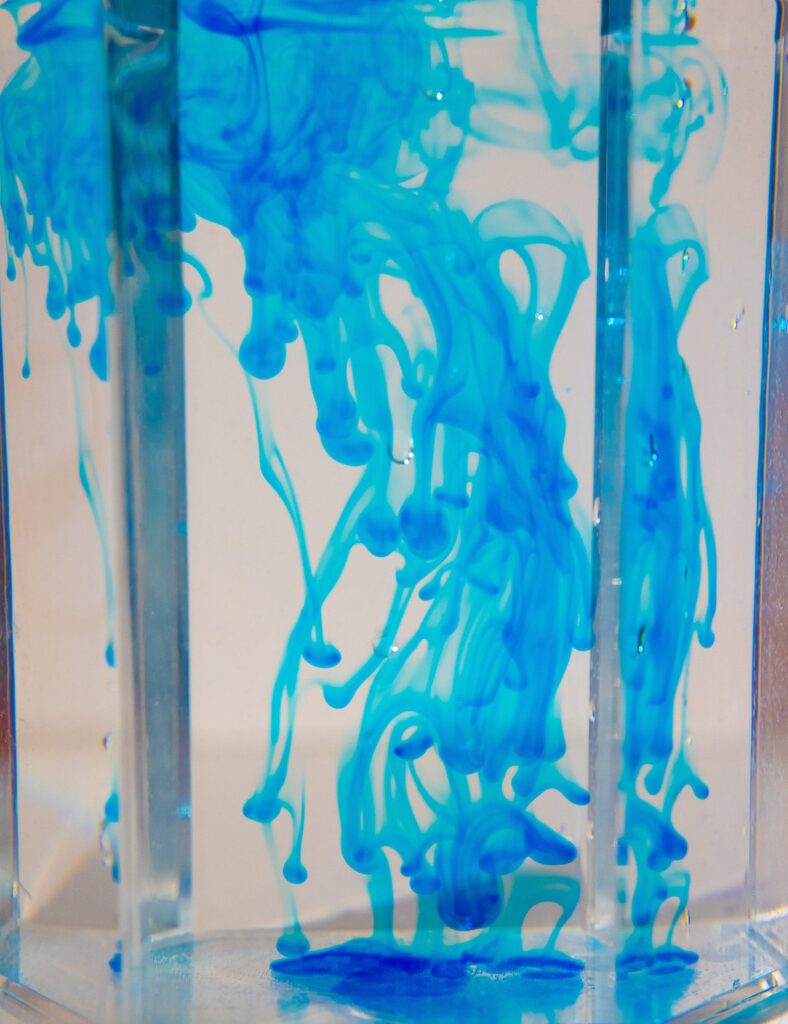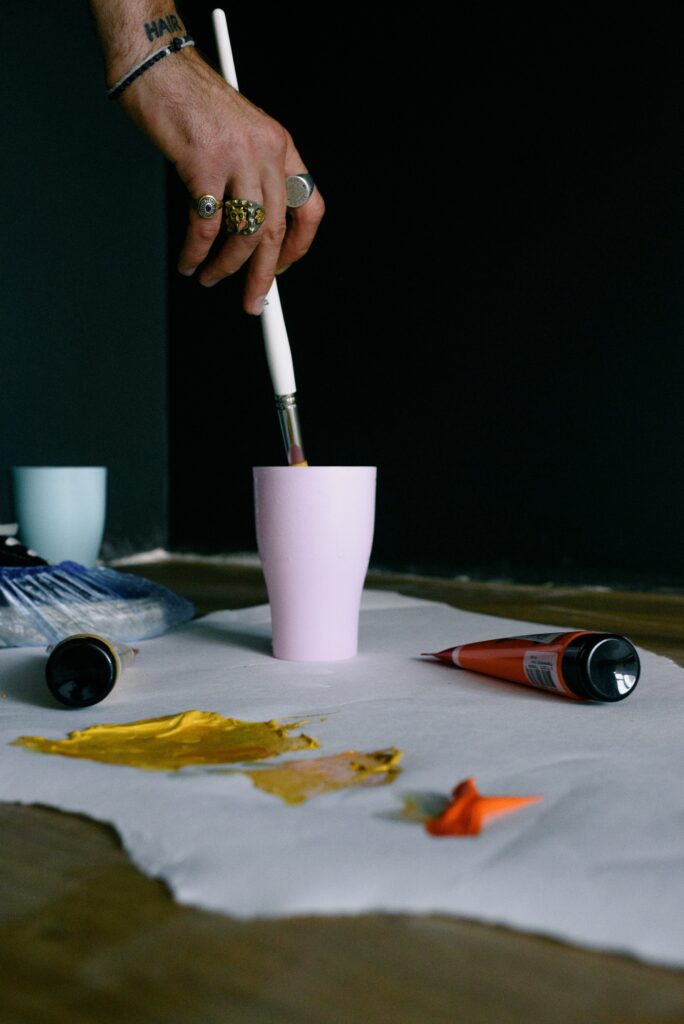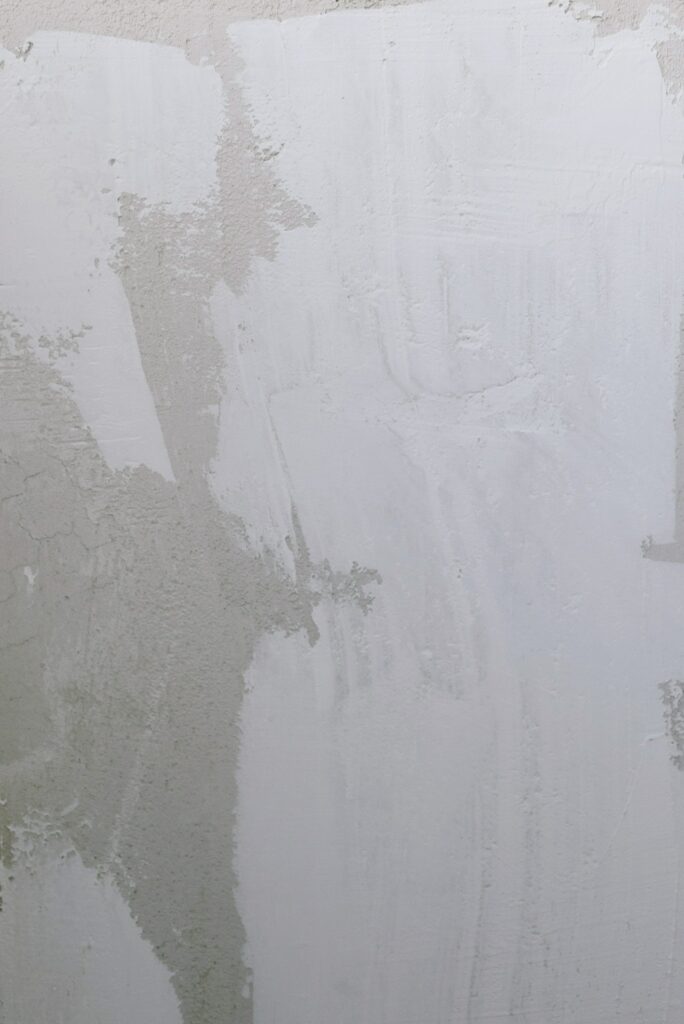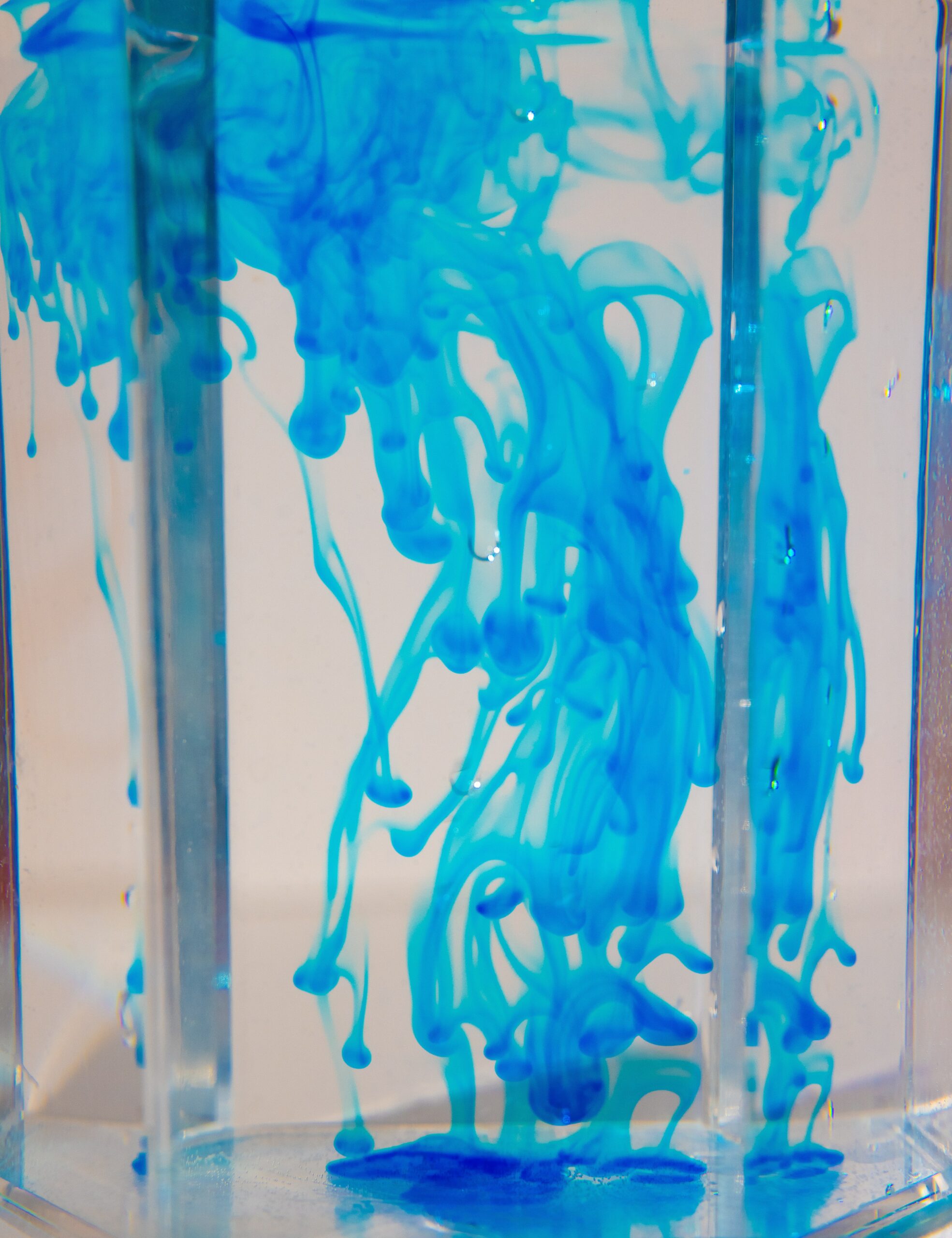When you’re preparing to paint your home, there are a few things you’ll want to consider carefully. The first thing that should come to mind is the paint you’ll be using. If you live in a colder climate, you’ll want to choose paints that provide excellent coverage and durability.
If you are looking for a paint that is easy to use and has a high gloss, you should buy fusible glass paint. Glass paints are not intended for exterior purposes, but they offer a sleek, glossy finish. For this reason, the paint does not need to be applied in layers, which reduces the time and effort it takes to apply the paint.
No matter what color you are trying to paint, there is clear glass paint out there for you. Glass paints can give your walls and windows a look they need while being easy to clean. Please find out how to use them in this article!
Which type of glass paint should you buy?

When painting with clear glass paints, you have a few different types to choose from. The type of paint you choose will depend on the application.
If you’re using the paint to create a stained glass window, then you’ll want to use oil-based paint. If you’re using the paint to create a piece of art that will be displayed in public, then water-based paint is the better choice.
Both types of paints have their own advantages and disadvantages. Oil-based paints are more resistant to wear, but they can also be more difficult to clean up. Water-based paints have a softer finish, but they can be more difficult to apply, and they may not last as long as oil-based paints.
Buying your paints
When you’re ready to start painting with clear glass paints, there are a few things you need to know. First, make sure you have the right type of paint. Clear glass paints are available in a variety of colors and brands, so be sure to read the product descriptions carefully to find the right one for your project.
Second, be sure to purchase your paint in bulk if possible. Clear glass paints are typically more expensive than other types of paint, so buying a larger quantity can save you money for the longest time. Finally, keep in mind that all clear glass paints will require some preparation before use. You will need to clean your surface and dry it completely before painting with clear glass paints.
Common mistakes people make when painting with glass paints
When painting with clear glass paints, it’s important to be aware of some common mistakes people make.
Clear glass paints are delicate and can easily be ruined if not used correctly. Here are four tips for using these paints successfully:
1. Use a light hand when applying the paint. Clear glass is relatively fragile, and over-painting can cause it to chip or crack.
2. Make sure the surface you’re painting is completely dry before applying the paint. Wet paint will not adhere to a dry surface and will instead run off the surface.
3. Apply the paint in thin layers rather than trying to cover the entire surface at once. This will help prevent brushstrokes from becoming too heavy or choppy and allow you to correct any mistakes that may arise.
4. Let the paint dry fully before touching it up or finishing the painting. This will help to prevent any unwanted smudges or fingerprints from being left behind on the surface.
How to use the paint

Most people think of glass as a shiny, inert surface that’s only good for the show. But in reality, clear glass is an incredibly versatile material that can be used to create amazing paintings and sculptures.
Here are five tips on how to use clear glass paints:
1. Start with a clean, dry surface.
2. Apply your first color by brushing it onto the surface with a soft brush. Just add a few little paint; you just want to cover the surface lightly.
3. Allow the paint to dry for several minutes before adding additional colors or details.
4. When finished painting, spritz the surface with water to erase any unwanted colors and brush away any excess paint.
5. Allow the piece to dry completely before handling or displaying it.
Drying time

When you’re finished painting with clear glass paints, be sure to wait until the paint is completely dry. This just to make sure your work is durable and won’t yellow over time. Drying time. When you’re finished painting with clear glass paints, be sure to wait until the paint is completely dry. This will help ensure that your work is durable and won’t yellow over time.
There are two essential parts of any paint: the base coat, which provides support for the topcoat and seals in the finish, and the topcoat, which provides a protective layer over the base coat and adds depth to your work.
Tips and tricks for better results
When painting with clear glass paints, be sure to use the proper preparation and equipment. Follow these tips for better results:
– Prepping your surface: Clear glass requires special preparation in order to achieve a smooth finish. Before painting, lightly sand the surface with 80-grit sandpaper. This will remove any rough or raised areas that could cause paint to bead or cling.
– Choose the right paints: When choosing your paint, be sure to consider the properties of clear glass. Some paints are designed to work best on regular glass, while others are better suited for clear glass. For best results, use a paint specifically designed for clear glass.
– Apply the paint: To apply the paint, start by spraying a light layer of paint on top of the surface. Use a brush to spread the paint evenly over the surface. Be careful not to apply too much pressure when painting; too much pressure causes bubbles and unevenness in the finish.
Painting with clear glass paints is a great way to add a touch of elegance and mystique to your projects. By using these paints, you can create an infinite number of unique paint effects that will astonish your friends and family.
